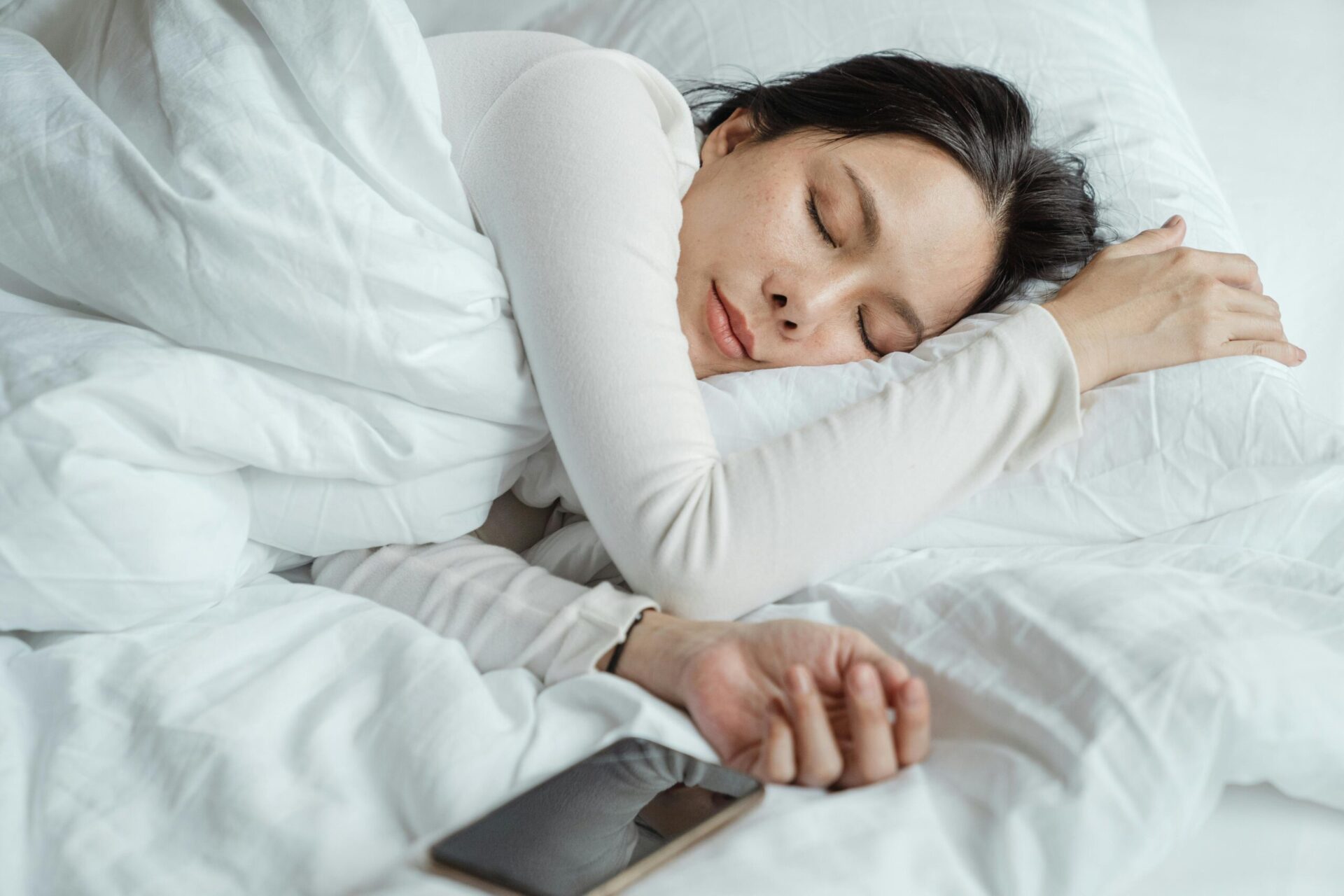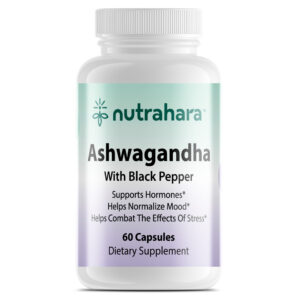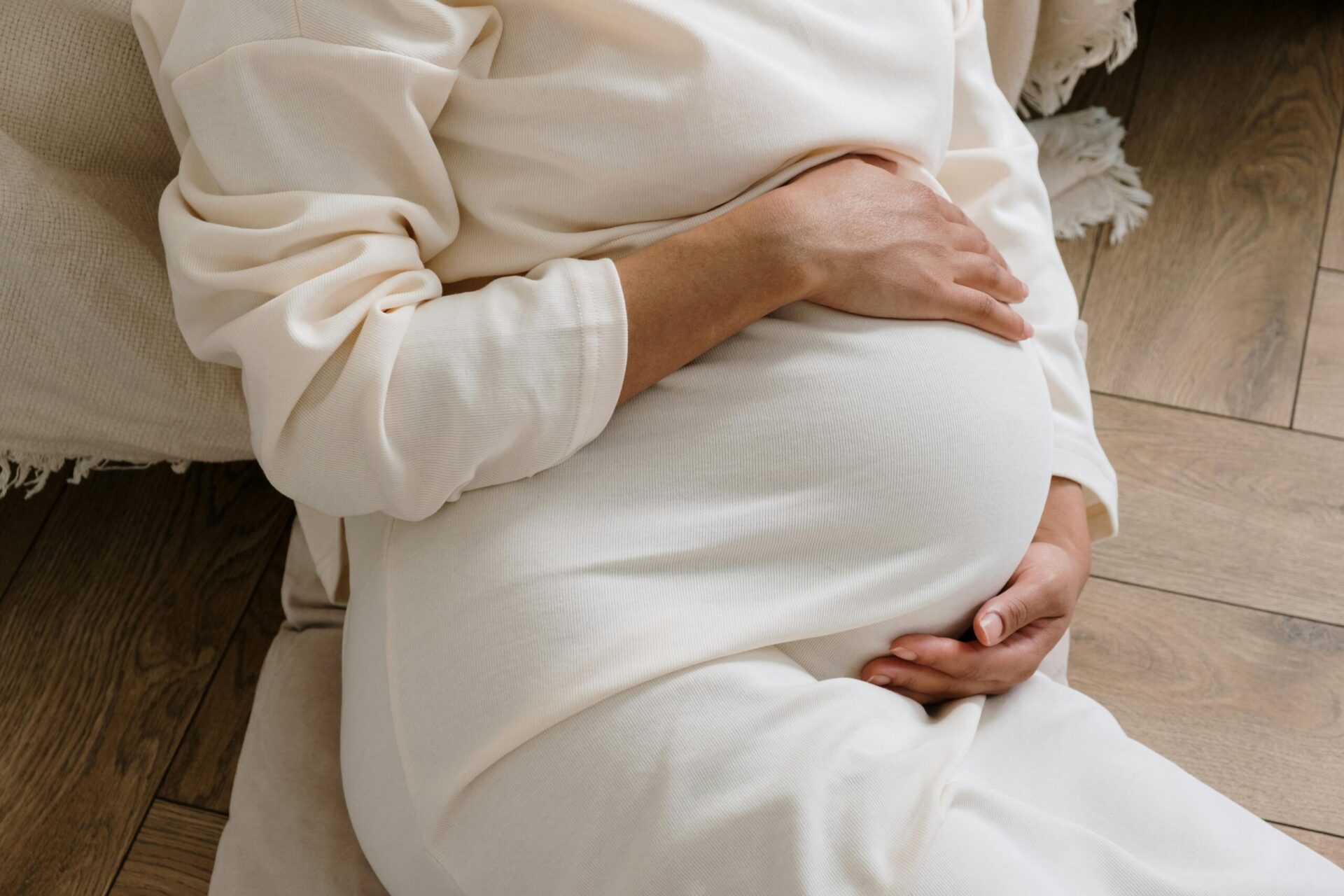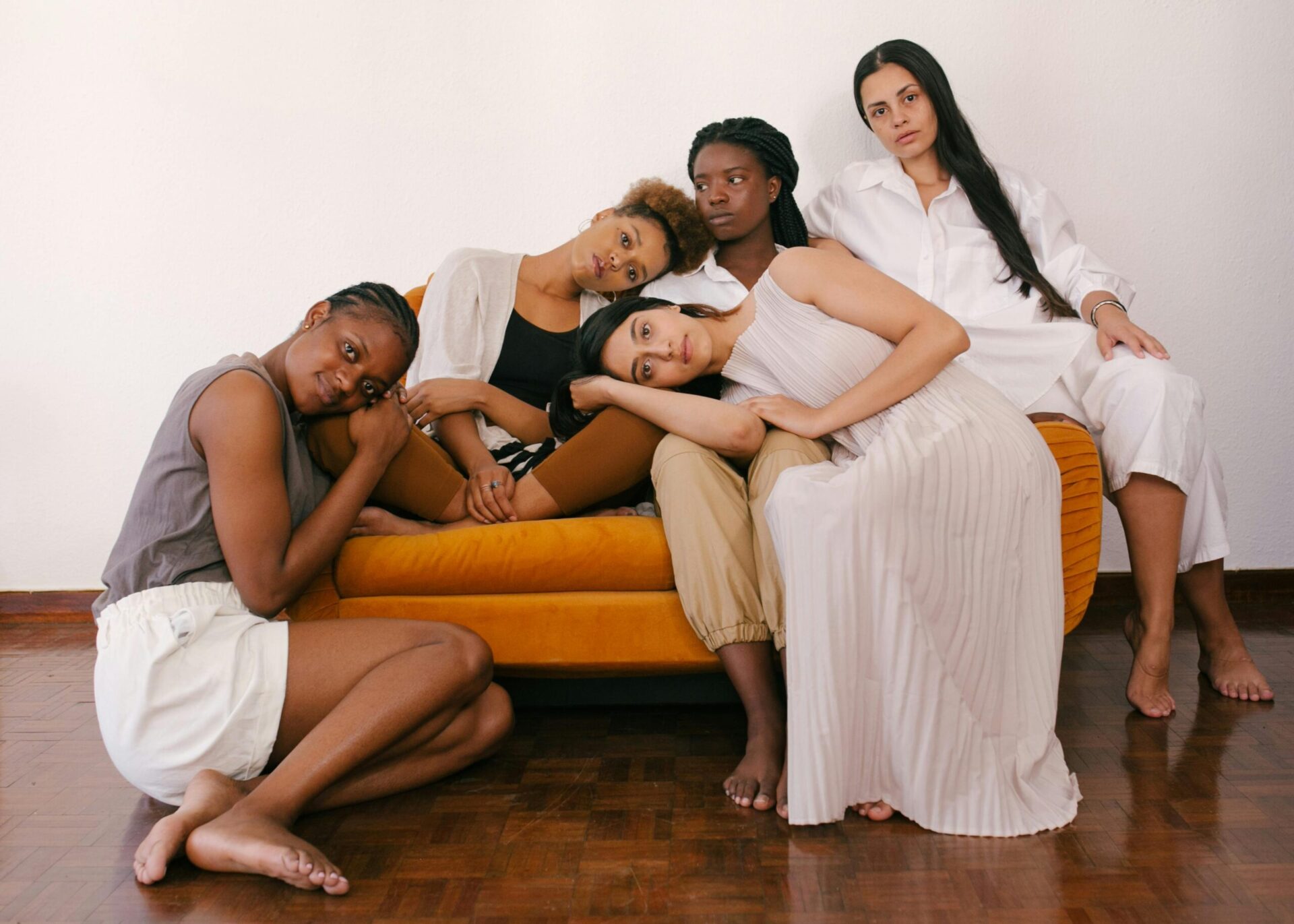Body Changes After Pregnancy

Introduction
Welcoming a new life into the world is a profound and transformative experience. As you embark on the journey of motherhood, it’s essential to recognize that the changes and adjustments continue long after pregnancy. The postpartum period, also known as the fourth trimester, is a time of immense growth, self-discovery, and adaptation. In this blog post, we will delve into the beautiful phase of life “after pregnancy”, and common after pregnancy body changes, such as after pregnancy feet swelling, after pregnancy pain in back, as well as provide insights, tips, and support to help you navigate this transformative chapter with confidence and care.
According to medical experts, the postpartum period, often referred to as the first 6 weeks after childbirth, is a transformative time for new mothers. This phase is filled with physical recovery, emotional adjustments, and the joy of bonding with your newborn.
Common Body Changes After Pregnancy
Pregnancy is a beautiful journey that brings numerous changes to a woman’s body. While the focus often lies on the miracle of childbirth, it is equally accompanied by several body changes of obstetrics and gynecology importance. The following after-pregnancy body changes are noteworthy:
Postpartum feet swelling
During pregnancy, a woman’s body undergoes numerous changes to support the growing baby. These changes can impact various parts of the body, including the feet. Feet swelling, also known as edema, is a common occurrence during pregnancy and can persist after childbirth. The additional weight gain, hormonal changes, and increased blood volume contribute to this after pregnancy feet swelling (1).
After-pregnancy feet swollen usually attributed to a couple of reasons and some of them are:
- Hormonal Changes: During pregnancy, hormonal shifts can lead to increased fluid retention in the body. This fluid can accumulate in the lower extremities, causing swelling in the feet and ankles.
- Increased Blood Volume: Pregnancy triggers an increase in blood volume to support the growing fetus. This extra blood flow can put pressure on the veins, leading to fluid leakage and subsequent after pregnancy feet swollen effect.
- Reduced Circulation: As the uterus expands during pregnancy, it can put pressure on the veins in the pelvic area, impeding blood flow from the lower extremities. This can contribute to fluid retention and swelling in the feet.
To alleviate after pregnancy feet swelling, consider these tips:
- Elevate Your Feet: Elevating your feet above heart level whenever possible helps reduce swelling by improving blood circulation.
- Wear Comfortable Shoes: Opt for supportive and roomy footwear that allows your feet to breathe. Avoid tight shoes and high heels, as they can worsen swelling.
- Gentle Exercise: Engage in low-impact exercises, such as walking or prenatal yoga, to promote blood circulation and reduce swelling.
- Stay Hydrated: Proper hydration helps flush out excess fluids and minimizes water retention. Drink an adequate amount of water throughout the day.
- Massage and Cool Compresses: Gently massage your feet and apply cool compresses to alleviate swelling and improve blood flow.
- Seek Professional Advice: Consult your healthcare provider for personalized guidance and additional remedies tailored to your situation (2).
Post-partum back pain
Bringing a new life into the world is a beautiful and transformative experience, but it can also take a toll on a woman’s body. One common issue many women face after childbirth is after pregnancy pain in back. The physical demands of pregnancy, labor, and caring for a newborn can strain the back muscles and lead to discomfort.
Causes of after-pregnancy pain in back
Post-pregnancy back pain can occur for several reasons, including:
- Hormonal Changes: The hormone relaxin, released during pregnancy to loosen the joints and prepare the body for childbirth, can also affect the stability of the back, leading to pain.
- Weakened Core Muscles: Pregnancy and childbirth can weaken the core muscles that support the spine, placing additional strain on the back.
- Poor Posture: Constantly bending over to lift or feed the baby, nursing in uncomfortable positions, or spending long hours sitting with poor posture can contribute to after-pregnancy pain in back.
Tips for relief and recovery of after-pregnancy pain in back
The following tips will help to relieve after pregnancy pain in back:
- Practice Good Posture: Pay attention to your posture while breastfeeding, carrying your baby, or engaging in daily activities. Sit up straight, use supportive cushions, and avoid hunching over.
- Exercise and Strengthen Core Muscles: Engage in gentle exercises that target the core muscles, such as pelvic tilts, gentle yoga, or postnatal exercise programs. Consult with your healthcare provider or a qualified postnatal fitness instructor for appropriate exercises.
- Lift Properly: When lifting your baby or other objects, remember to bend at the knees, keep your back straight, and use your leg muscles to lift rather than strain your back.
- Apply Heat or Cold Therapy: Alternating between heat and cold therapy can provide relief for sore back muscles. Apply a warm compress or take a warm bath to relax the muscles, or use a cold pack wrapped in a towel to reduce after-pregnancy pain in back.
- Use Supportive Pillows: Invest in supportive pillows for breastfeeding or nursing to ensure proper alignment of the back and neck. A nursing pillow can help take the strain off your back while feeding your baby.
- Seek Professional Help: If the pain persists or becomes severe, consult with a healthcare professional, such as a physical therapist or chiropractor, who specializes in post-pregnancy back pain. They can provide specific exercises, treatments, or adjustments tailored to your needs (3).
After pregnancy big tummy
After pregnancy, it’s common for women to notice changes in their abdominal area, including a “big tummy.” While it can be challenging to adjust to these physical changes, it’s important to remember that your body has just completed an incredible feat of creating and nurturing a new life. Fortunately, the introduction of after pregnancy tummy tuck has helped many women to get back to the pre-pregnant belly size.
Understanding after pregnancy big tummy is traceable to the following causes:
- Muscle Separation: During pregnancy, the abdominal muscles naturally stretch to accommodate your growing baby. After giving birth, these muscles may not immediately regain their pre-pregnancy tone, leading to a protruding appearance of the tummy.
- Extra Weight: It’s normal to have some extra weight, including fat and fluid retention, in the abdominal area after pregnancy. This weight gradually reduces as your body heals and you engage in healthy lifestyle practices (4).
The use of after-pregnancy tummy tuck
For many women, regaining their pre-pregnancy figure can be challenging despite a healthy lifestyle. In such cases, an after-pregnancy tummy tuck, also known as abdominoplasty, can provide a solution.
How Does an After-Pregnancy Tummy Tuck Help?
- Muscle Repair: During an after-pregnancy tummy tuck, the surgeon can repair and tighten the abdominal muscles that may have become stretched or separated. pregnancy. This process, known as muscle plication, can restore a firmer and more toned abdominal wall, reducing the appearance of a protruding belly.
- Excess Skin Removal: The procedure involves the removal of excess skin and tissue that has lost its elasticity. By eliminating this loose skin, the after-pregnancy belly tummy tuck helps create a smoother and flatter abdominal contour.
- Fat Reduction: In some cases, localized fat deposits may persist in the abdominal area, even with a healthy lifestyle. During an after-pregnancy tummy tuck, liposuction techniques can be used to remove these stubborn fat cells, further enhancing the overall result (5).
After pregnancy blood clot
It is essential to be aware of potential health risks that can arise during the post-partum phase and one such concern is the formation of blood clots, also known as deep vein thrombosis (DVT), which can occur after childbirth.
During pregnancy, the body goes through significant changes to support the growing fetus. Hormonal fluctuations, increased blood volume, and changes in blood clotting factors can make women more susceptible to developing blood clots, both during pregnancy and in the postpartum period. After pregnancy blood clots typically form in the deep veins of the legs, although they can occur in other areas of the body as well.
Causes and risk factors of an after-pregnancy blood clot
Several factors contribute to the increased risk of blood clots after pregnancy:
Immobility: During pregnancy and the postpartum period, many women experience reduced mobility, which can contribute to blood clot formation. Prolonged periods of sitting or lying down without movement can impair blood flow and increase the risk of clots.
- Hormonal Changes: Hormonal fluctuations, particularly elevated levels of estrogen, can affect blood clotting factors and increase the likelihood of clot formation.
- Cesarean Section (C-Section) Delivery: Women who undergo a C-section have a higher risk of developing blood clots due to the surgical procedure and the associated immobility during the recovery period.
- History of Blood Clots: Women who have had blood clots in the past or have a family history of clotting disorders are at a higher risk of developing them after pregnancy blood clot.
Symptoms and Warning Signs
It’s crucial to recognize the signs and symptoms of blood clots after pregnancy, as early detection can lead to timely intervention and prevent serious complications. Common symptoms may include:
- After pregnancy feet swelling, warmth, or tenderness in the affected leg, often in the calf or thigh area.
- Pain or aching sensation in the leg, which may worsen when walking or standing.
- Redness or discoloration of the skin over the affected area.
- Increased pain in the leg when flexing the foot upward.
Prevention and Management
To reduce the risk of blood clots after pregnancy, several preventive measures can be taken:
- Early Ambulation: Moving and walking as soon as possible after childbirth can promote healthy blood flow and minimize the risk of clot formation.
- Compression Stockings: Wearing compression stockings can help improve circulation and reduce the risk of after pregnancy blood clots. These stockings apply pressure to the legs, assisting the veins in moving blood efficiently.
- Medication: In some cases, healthcare providers may prescribe blood-thinning medications, such as anticoagulants, to prevent clot formation or manage existing blood clots.
- Hydration and Healthy Lifestyle: Staying well-hydrated, maintaining a healthy diet, and avoiding excessive alcohol consumption can help support overall cardiovascular health and reduce the risk of after pregnancy blood clots (6,7).
After pregnancy thyroid issues
Thyroid disorders after pregnancy are relatively common and can have a significant impact on a woman’s well-being.
Types of Postpartum Thyroid Issues:
The following are the types of after pregnancy thyroid issues:
- Postpartum Thyroiditis: Postpartum thyroiditis is one of the commonest after pregnancy thyroid issues. It is an inflammation of the thyroid gland that occurs within the first year after childbirth. It typically involves two phases: an initial hyperthyroid phase, followed by a hypothyroid phase. Not all women experience both phases and symptoms can vary in severity.
- Graves’ Disease: Graves’ disease is an autoimmune condition that can manifest or worsen after pregnancy. It occurs when the immune system mistakenly attacks the thyroid gland, leading to excessive production of thyroid hormones (hyperthyroidism). It is important to note that not all cases of Graves’ disease occur after pregnancy, but the condition can be triggered or exacerbated during this time.
- Hypothyroidism: While less common than postpartum thyroiditis and Graves’ disease, some women may experience hypothyroidism after pregnancy. Hypothyroidism is characterized by an underactive thyroid gland, resulting in reduced production of thyroid hormones.
Symptoms and Warning Signs
The symptoms of after-pregnancy thyroid issues can vary depending on the type of disorder:
- Hyperthyroidism Symptoms: Increased anxiety, irritability, heart palpitations, unexplained weight loss, fatigue, and difficulty sleeping.
- Hypothyroidism Symptoms: Fatigue, depression, weight gain, dry skin, hair loss, sensitivity to cold, and constipation.
Management and Treatment of after pregnancy thyroid issues
The management of postpartum thyroid issues depends on the specific condition and its severity. Treatment options may include:
- Medication: In cases of hyperthyroidism, medications may be prescribed to regulate thyroid hormone levels. Similarly, hypothyroidism may be treated with thyroid hormone replacement therapy.
- Monitoring: Regular monitoring of thyroid hormone levels through blood tests can help healthcare providers assess the effectiveness of treatment and make necessary adjustments.
- Supportive Measures: In addition to medical intervention, adopting a healthy lifestyle, including proper nutrition, stress management, and regular exercise, can support overall thyroid health.
- Breastfeeding Considerations: If you are breastfeeding and diagnosed with a thyroid disorder, it’s important to discuss treatment options and potential effects of breastfeeding with your healthcare provider (8,9).
Postpartum menstruation
Two important questions new mothers ask are when their next period will be after childbirth, and can pregnancy occur after period immediately, considering that a lot of new moms may not take on contraceptives immediately. The return of menstruation after childbirth is sometimes dependent on individual’s physiology. Physiologically, exclusive breastfeeding after childbirth confers a natural birth control and menstruation may not happen during this period. While the chances of pregnancy immediately after your period are relatively low, it is still possible under certain circumstances.
Understanding your menstrual cycle and being informed about your fertility window can help you make informed decisions about contraception and family planning. If you have any concerns or questions regarding pregnancy or contraception, it is always best to consult with a healthcare professional for personalized advice (11).
Birth control for after pregnancy
Choosing the right birth control for after pregnancy is an important decision for new mothers and their partners. By understanding the available options, considering personal preferences, and consulting with healthcare providers, individuals can make informed choices that align with their lifestyle and family planning goals.
Whether opting for hormonal or non-hormonal methods, temporary or permanent solutions, the variety of birth control for after-pregnancy options provides the opportunity to find a suitable method that ensures effective contraception and peace of mind as you embrace the joys of parenthood (10).
Summary
Pregnancy is a transformative journey that brings about significant changes in a woman’s body. These changes, while natural, can sometimes be challenging to manage. Understanding these changes can help new mothers navigate the postpartum period with more ease and awareness. Here are some common body changes that occur after pregnancy.
Swollen Feet
One of the most noticeable changes after pregnancy is the swelling of the feet. This condition, also known as postpartum edema, occurs due to the excess fluid accumulated during pregnancy. The body retains this fluid to support the growing baby, and it takes time to expel it after childbirth. Swollen feet can be uncomfortable and may take several weeks to subside. Keeping the feet elevated, staying hydrated, and gentle exercise can help reduce swelling.
Tummy Tuck
Many women find that their abdominal area looks different after pregnancy. The skin and muscles stretch to accommodate the growing baby, and this can result in a sagging tummy post-delivery. Some women consider a tummy tuck, a surgical procedure to remove excess skin and tighten the muscles, to regain their pre-pregnancy shape. However, it’s important to wait until the body has fully healed and to discuss with a healthcare provider to understand the risks and benefits.
Blood Clots
The risk of blood clots, or postpartum thrombosis, increases after childbirth. This is due to the changes in blood flow and clotting factors during pregnancy. Blood clots can be dangerous if they travel to vital organs, so it’s crucial to recognize the symptoms, such as pain and swelling in one leg, shortness of breath, or chest pain. Preventive measures include staying active, wearing compression stockings, and following the doctor’s advice, especially for those with a history of blood clots.
Back Pain
Back pain is a common complaint after pregnancy, often due to the physical strain of carrying a baby and the changes in posture that come with it. The pain can also result from the epidural or spinal anesthesia used during labor. Strengthening exercises, good posture, and proper body mechanics can alleviate back pain. Physical therapy may also be beneficial for severe cases.
Thyroid Issues
Pregnancy can affect thyroid function, leading to conditions such as postpartum thyroiditis. This condition involves inflammation of the thyroid gland and can cause symptoms of both hyperthyroidism (overactive thyroid) and hypothyroidism (underactive thyroid). Symptoms may include fatigue, weight changes, and mood swings. Regular monitoring of thyroid levels and appropriate treatment can manage these issues effectively.
Birth Control
Choosing the right birth control after pregnancy is essential to allow the body to recover and to plan for future pregnancies. Options vary widely, including hormonal methods like the pill, patch, or IUD, as well as non-hormonal methods like condoms or natural family planning. It’s important to consult with a healthcare provider to determine the best option based on individual health needs and breastfeeding status.
Other Body Changes
Apart from the above, there are several other changes that women may experience after pregnancy:
- Hair Loss: Many women experience increased hair shedding postpartum, known as telogen effluvium, due to hormonal shifts.
- Skin Changes: Stretch marks, pigmentation changes, and acne are common skin issues after pregnancy.
- Breast Changes: Breasts may change in size and shape due to milk production and breastfeeding. Some women experience engorgement, mastitis, or other breastfeeding-related issues.
In conclusion, the body undergoes numerous changes after pregnancy, many of which are temporary and manageable with proper care and support. Understanding these changes can help new mothers to take proactive steps in their postpartum recovery and overall well-being. Consulting healthcare providers for any concerning symptoms or for personalized advice is always recommended.
References:
- https://www.webmd.com/baby/postpartum-swelling-what-is-it#:~:text=It%20is%20normal%20for%20postpartum,more%20swollen%20than%20the%20other.
- https://www.babycenter.com/baby/postpartum-health/postpartum-swelling-edema_1152274
- https://www.whattoexpect.com/first-year/postpartum-health-and-care/postpartum-backache-back-pain/
- https://www.babycenter.com/baby/postpartum-health/post-baby-belly-how-long-you-might-look-pregnant_1152349
- https://www.uvaplasticsurgery.com/blog/how-long-after-pregnancy-should-i-wait-to-get-a-tummy-tuck/#:~:text=When%20can%20you%20plan%20your,your%20hormone%20levels%20to%20rebalance.
- https://www.healthline.com/health/pregnancy/blood-clots-after-birth
- https://www.medicalnewstoday.com/articles/321046#blood-clots-after-birth
- https://my.clevelandclinic.org/health/diseases/15294-postpartum-thyroiditis
- https://www.webmd.com/baby/what-is-postpartum-thyroiditis
- https://www.webmd.com/sex/birth-control/birth-control-after-pregnancy
- https://www.nhs.uk/common-health-questions/pregnancy/can-i-get-pregnant-just-after-my-period-has-finished/#:~:text=Yes%2C%20although%20it’s%20not%20very,or%20just%20after%20your%20period.
Written by the Nutrahara Team
This article was prepared by the expert team at Nutrahara, which includes experienced nutrition scientists and naturopaths dedicated to advancing women’s health through natural wellness solutions. We combine scientific research with holistic practices to help you live your healthiest life. Connect with us on LinkedIn to stay updated on the latest in women’s health and wellness.
























